A Comprehensive Look at the Artist and His Enduring Legacy
Introduction: The National Painter of Switzerland
Albert Anker occupies a unique place in European art history as one of Switzerland’s most beloved and respected painters. While the 19th century saw radical artistic movements like Impressionism and Symbolism emerge, Anker cultivated a distinctive form of realism that celebrated the dignity of ordinary people—particularly children and rural villagers. His works are not merely technically accomplished; they radiate warmth, humanity, and a profound respect for his subjects.
Today, Anker’s paintings are icons of Swiss cultural heritage, reproduced everywhere from postage stamps to school textbooks. Yet his art transcends national borders, offering universal insights into childhood, labor, and domestic life that remain deeply moving over a century after his death.
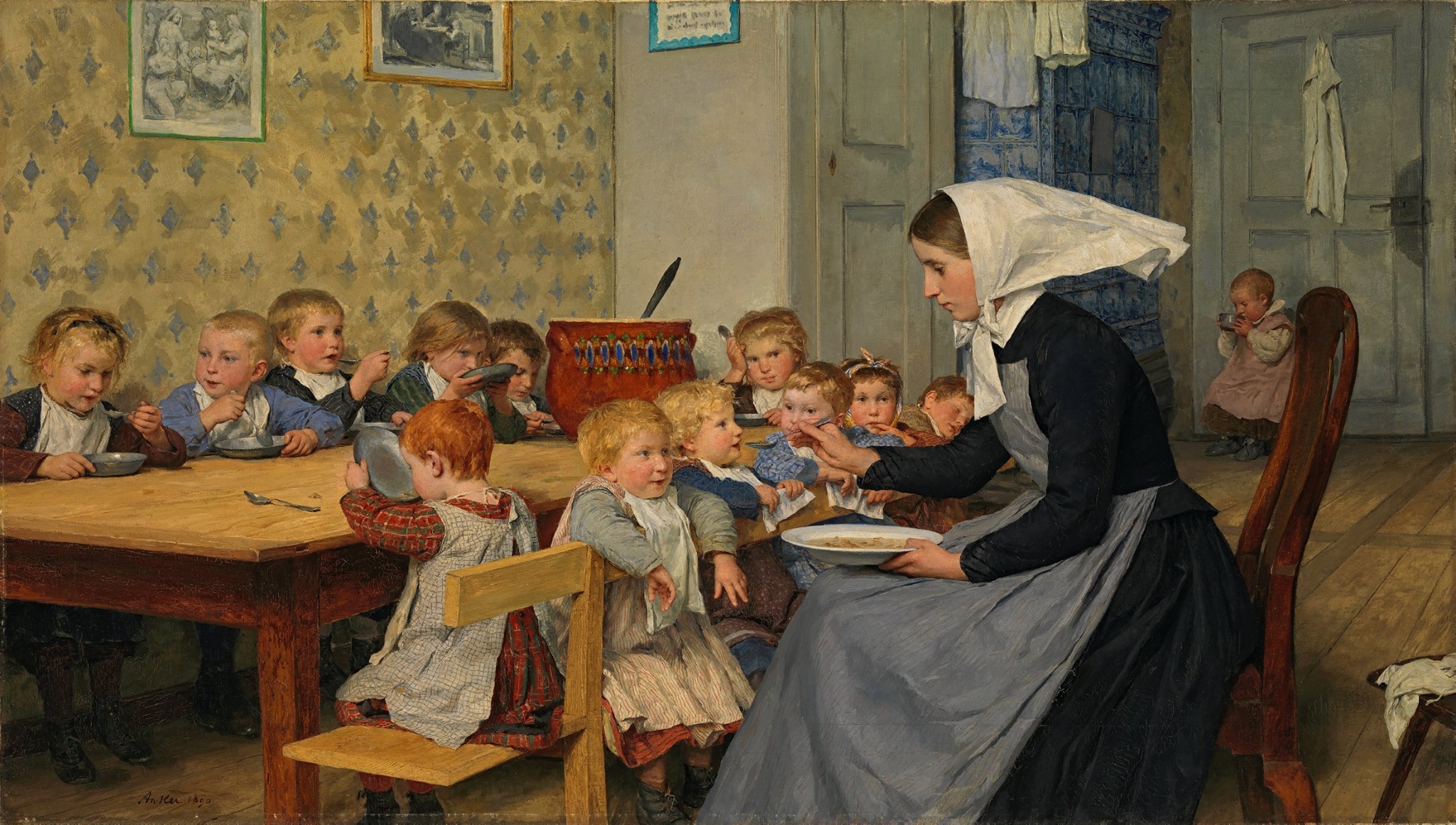
Early Life: From Theology to Art
Born on **April 1, 1831**, in the small village of Ins (canton of Bern), Anker grew up in a supportive, intellectually curious family. His father, a veterinarian, encouraged his early artistic inclinations. Initially, Anker pursued theology at the **University of Halle** in Germany, but his passion for art soon took precedence.
In **1855**, he made the pivotal decision to study painting in Paris, enrolling at the **École Nationale Supérieure des Beaux-Arts**, where he trained under **Charles Gleyre**—a pivotal figure who also taught Claude Monet, Frédéric Bazille, and James Whistler. Despite being immersed in Paris’s avant-garde circles, Anker developed a style that was distinctly his own: precise, narrative-driven, and deeply humanistic.
Artistic Evolution: Defining Swiss Realism
Anker’s mature style emerged in the 1860s, blending **Dutch Golden Age influences** (particularly the intimate domestic scenes of Vermeer) with **French academic realism**. Unlike many contemporaries who pursued grandiose historical or mythological themes, Anker found his muse in the everyday lives of Swiss villagers.
Key Characteristics of Anker’s Art
1. Children as Protagonists
- Scenes of reading, knitting, playing, and schooling (*"The Schoolgirl" [1882], "Girl with Dominoes" [1889]*)
- A rare ability to capture childhood innocence without sentimentality
2. **Still Lifes with Narrative Depth**
- Meticulously rendered objects like books, ceramics, and flowers (*"Still Life with Coffee Pot" [1897]*)
- Often symbolic, reflecting domestic harmony and intellectual life
3. **Portraiture with Psychological Insight**
- Farmers, craftsmen, and elderly villagers depicted with dignity (*"The Old Woodcarver" [1887]*)
4. **Mastery of Light and Composition**
- Soft, diffused lighting reminiscent of Vermeer
- Balanced compositions that guide the viewer’s eye
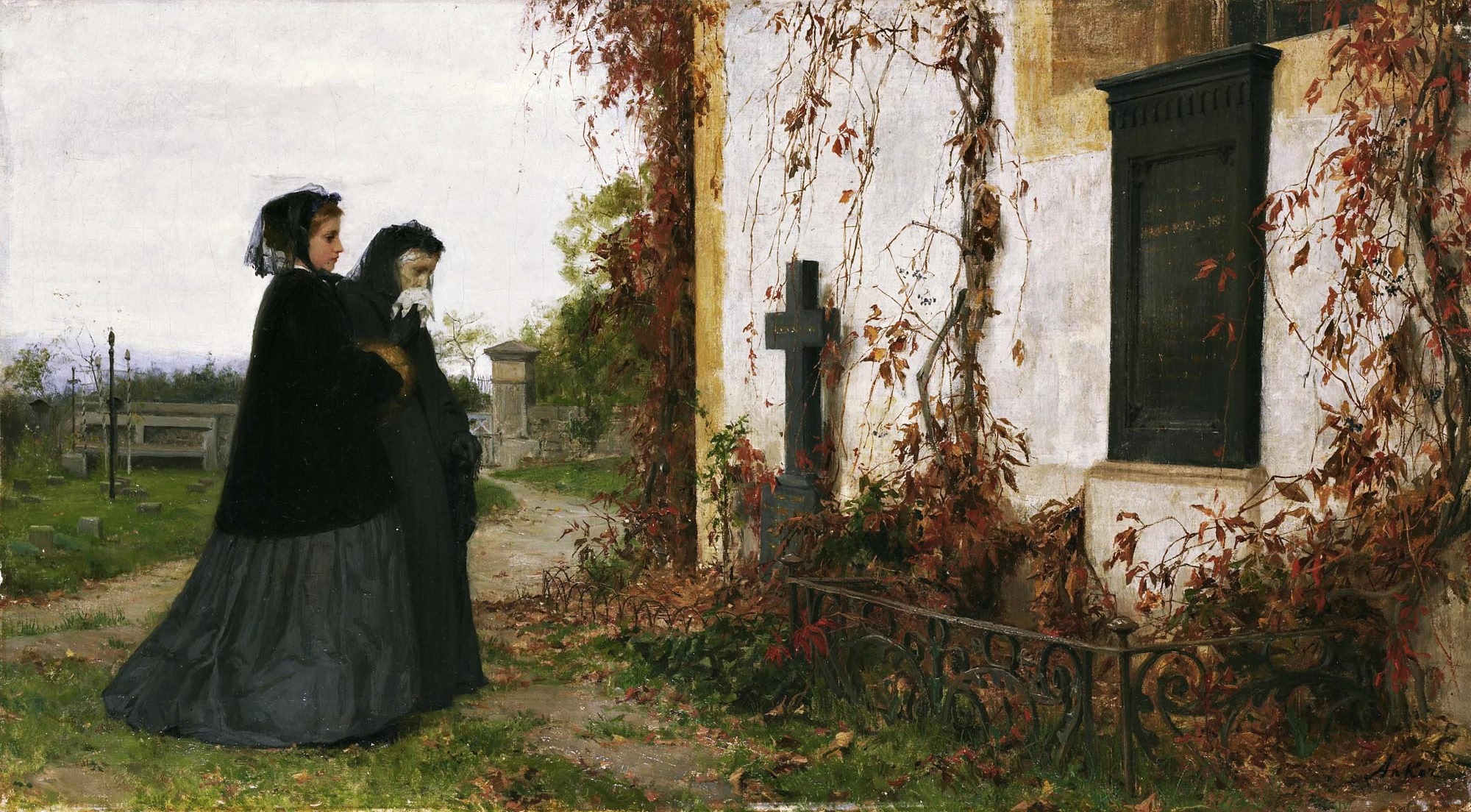
Major Works and Critical Reception
Anker exhibited regularly at the **Paris Salon**, where his works were praised for their technical excellence and emotional resonance. Some of his most celebrated paintings include:
- **"The School Visit" (1889)** – A tender depiction of rural education
- **"Girl Knitting" (1886)** – Exemplifies his skill in capturing quiet concentration
- **"The Little Reader" (1889)** – A masterpiece of childhood portraiture
In **1878**, he was awarded the **Légion d’Honneur**, France’s highest order of merit, cementing his international reputation.
Later Years and Multidisciplinary Contributions
Beyond painting, Anker was an active participant in Swiss cultural life:
- **Ceramic Designs** – Created over 300 decorative tiles for **Kunstkeramik Bern**
- **Public Service** – Served on Bern’s Grand Council, advocating for arts education
- **Mentorship** – Supported young Swiss artists, fostering a national artistic identity
He continued painting until his death on **July 16, 1910**, leaving behind a body of work that epitomizes the best of **19th-century realist tradition**.
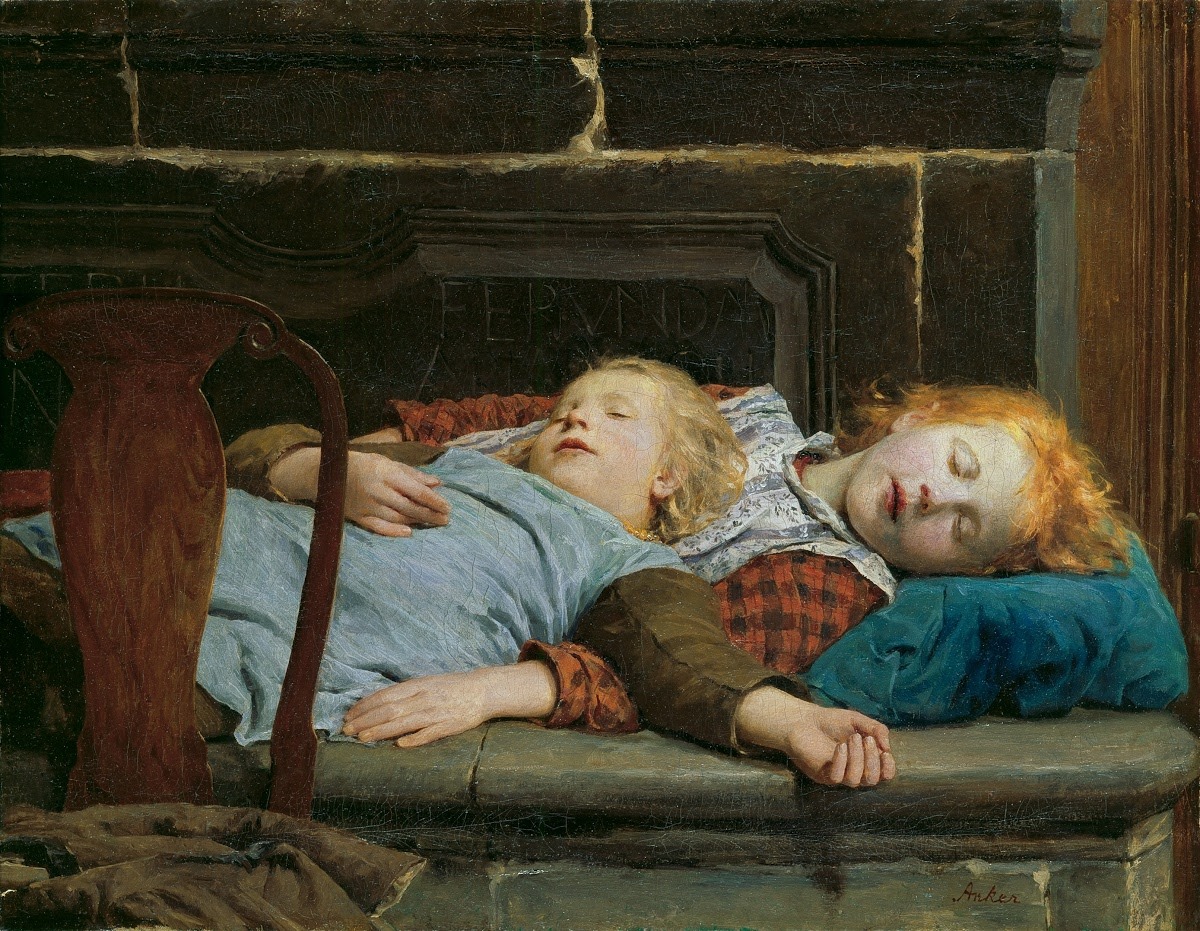
Legacy: Why Anker Still Matters
1. **Cultural Icon** – His works are fixtures in Swiss museums and public consciousness.
2. **Timeless Themes** – His depictions of childhood, labor, and domesticity remain universally relatable.
3. **Technical Brilliance** – A reference point for realist painters today.
Where to See His Art
- **Kunstmuseum Bern** (Switzerland) – The largest collection of Anker’s works
- **Musée d’Orsay** (Paris) – Holds key pieces from his Salon years
- **Museum Oskar Reinhart** (Winterthur) – Excellent examples of his portraiture
Conclusion: The Quiet Power of Anker’s Art
In an era of artistic upheaval, Albert Anker’s steadfast commitment to realism—infused with empathy and technical mastery—created a legacy that endures. His paintings are not just historical records; they are timeless meditations on humanity, making him one of Europe’s most quietly influential artists.
**For Further Exploration:**
- *Albert Anker: Retrospective* (exhibition catalogs)
- *The Drawings of Albert Anker* (studies of his preparatory sketches)
- Documentaries on Swiss Realism (SRF Kultur features)
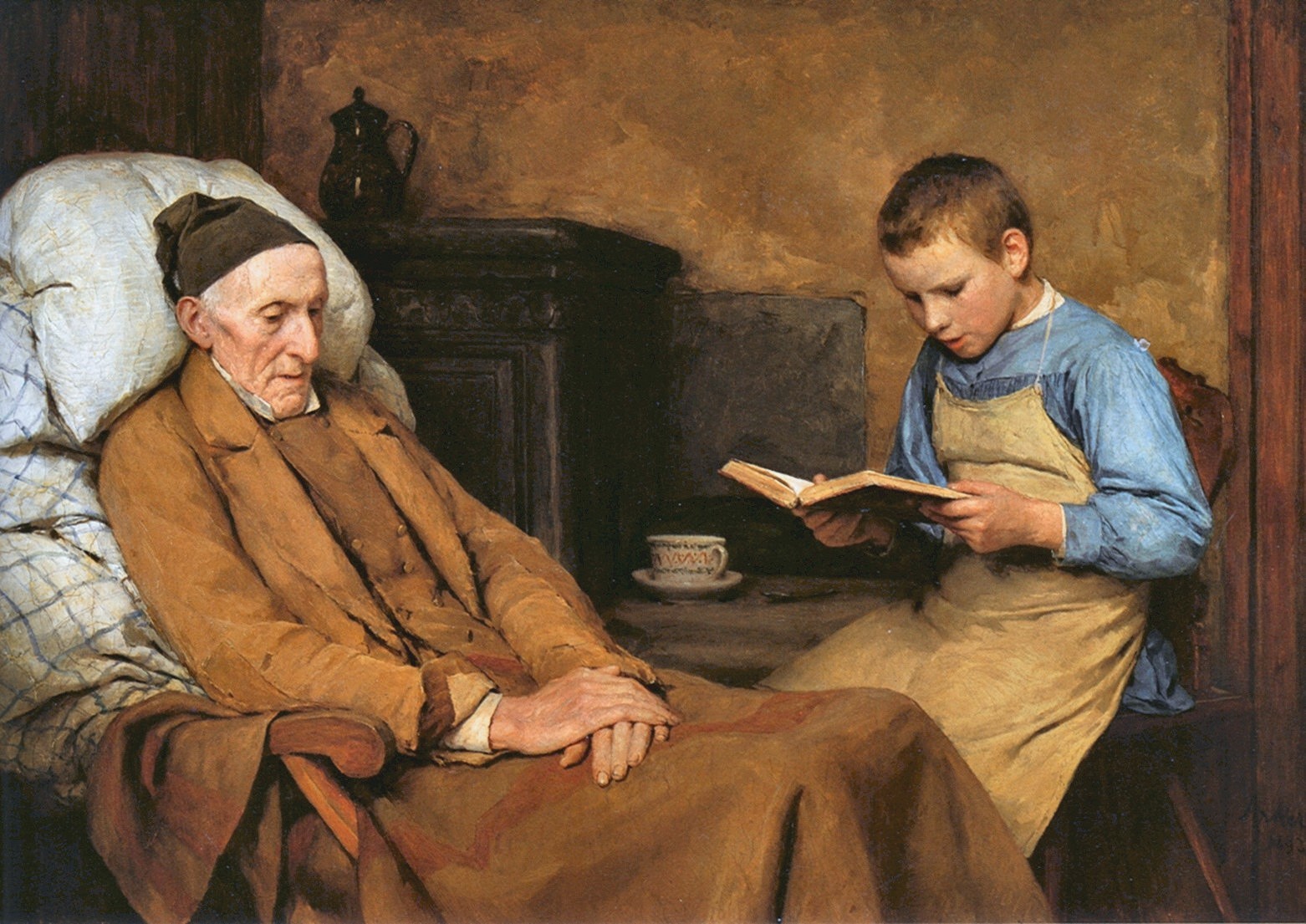
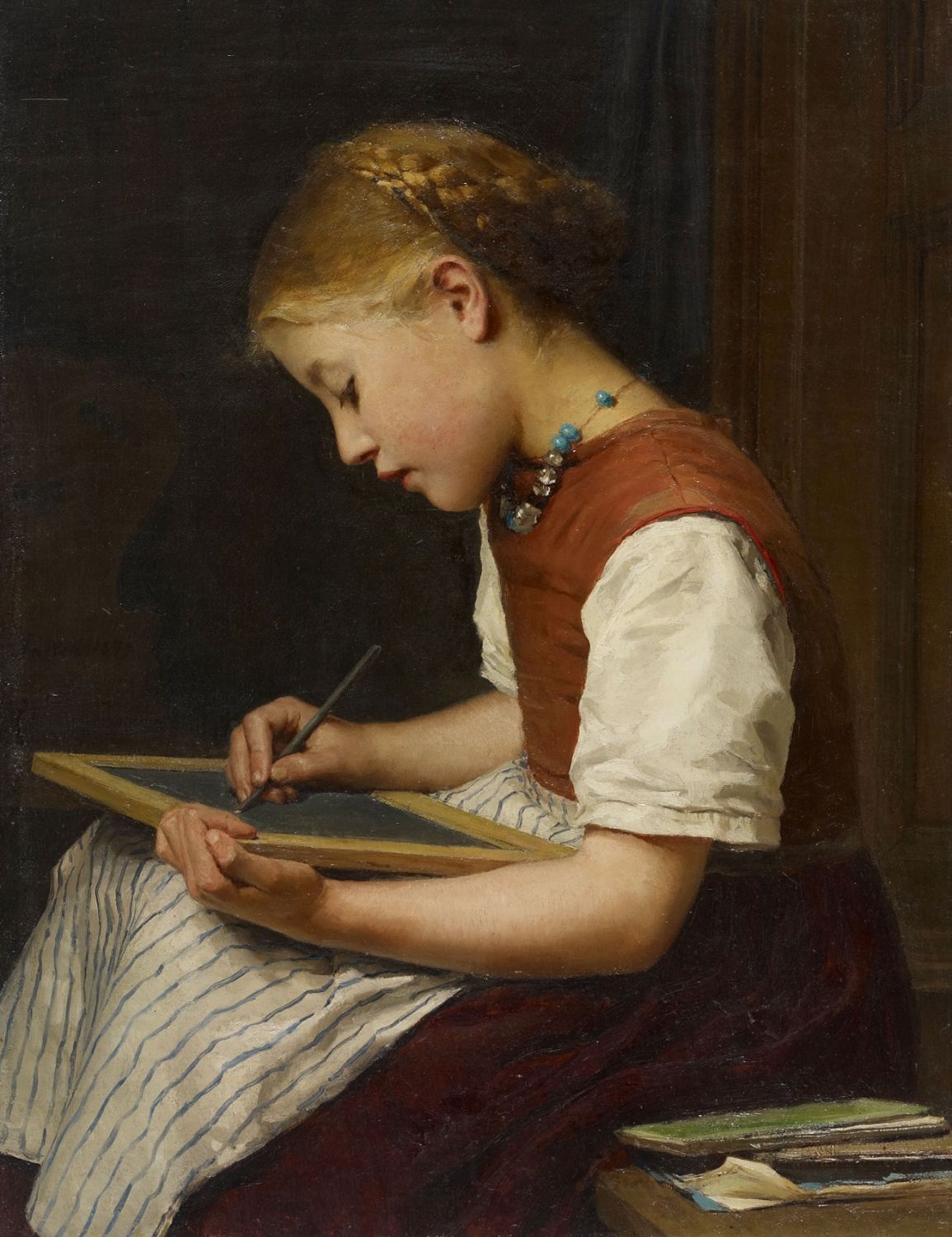
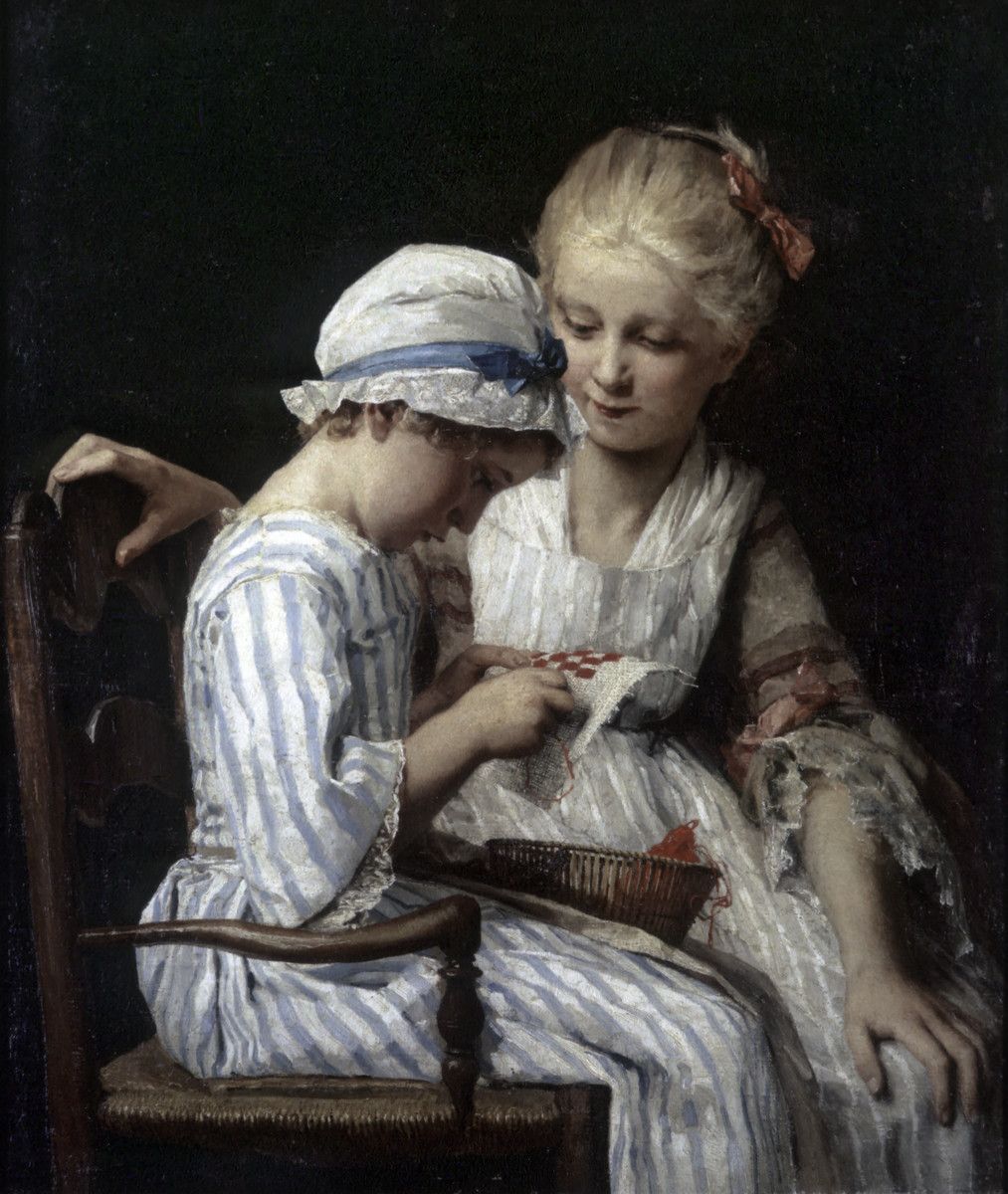
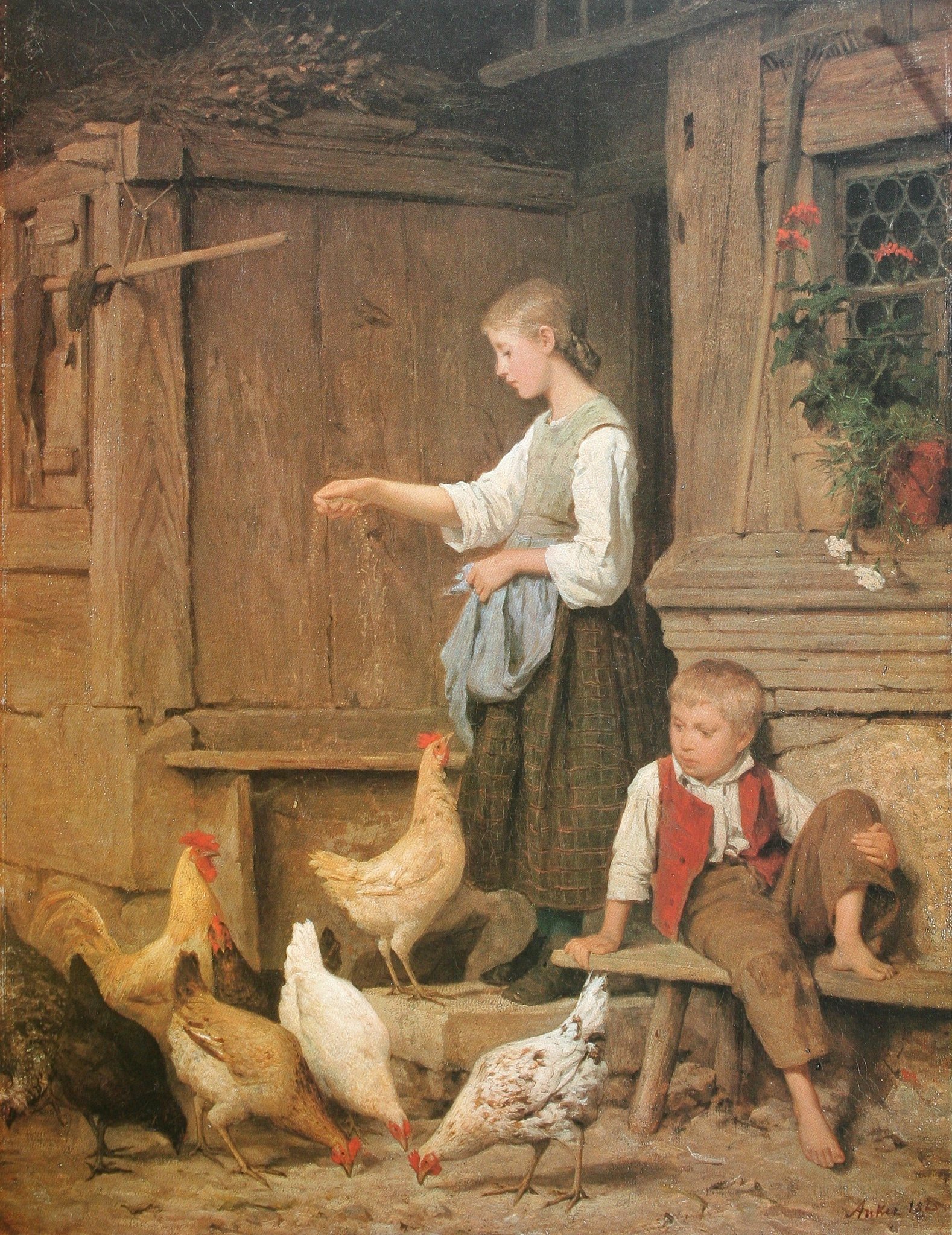
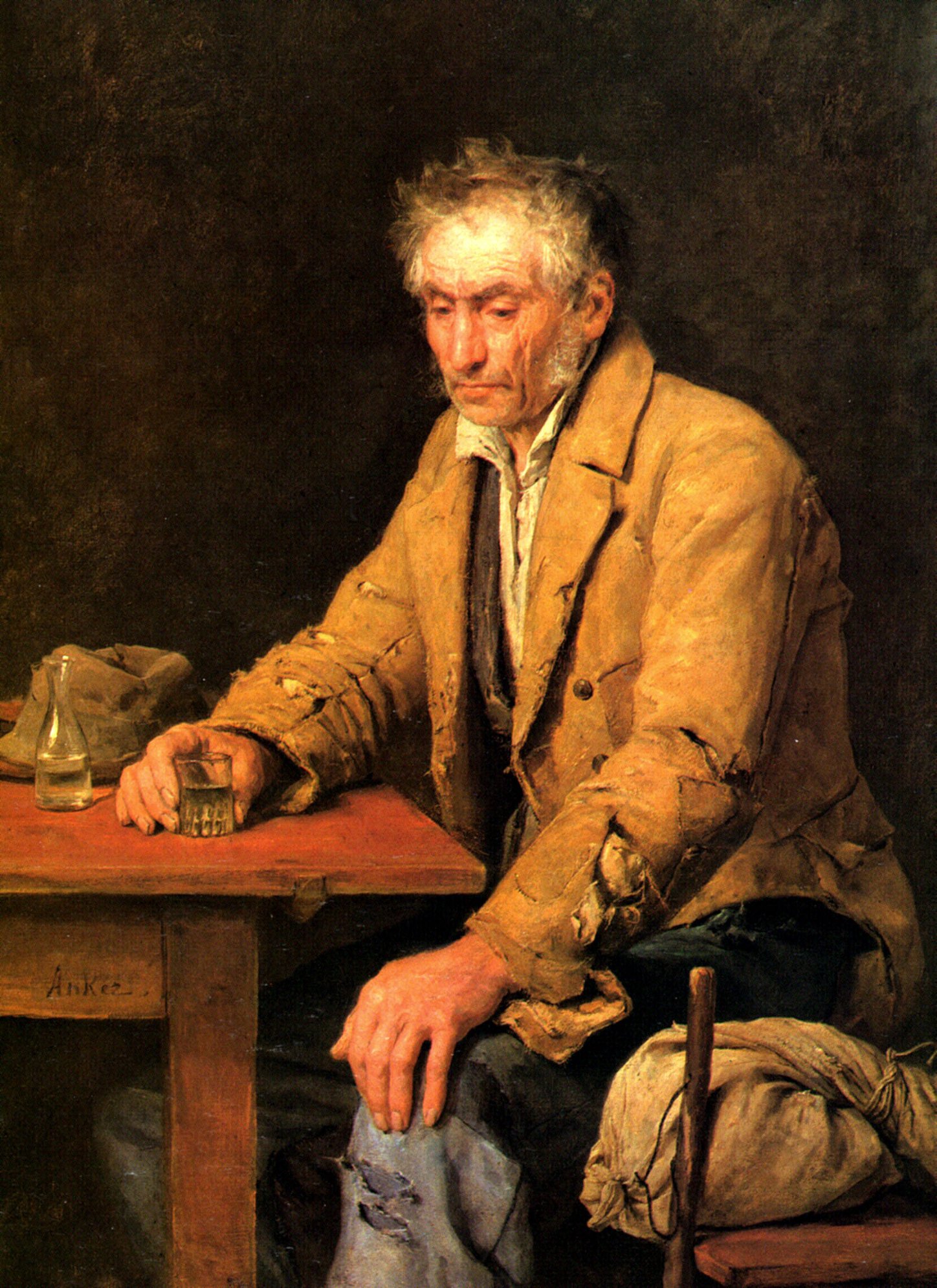
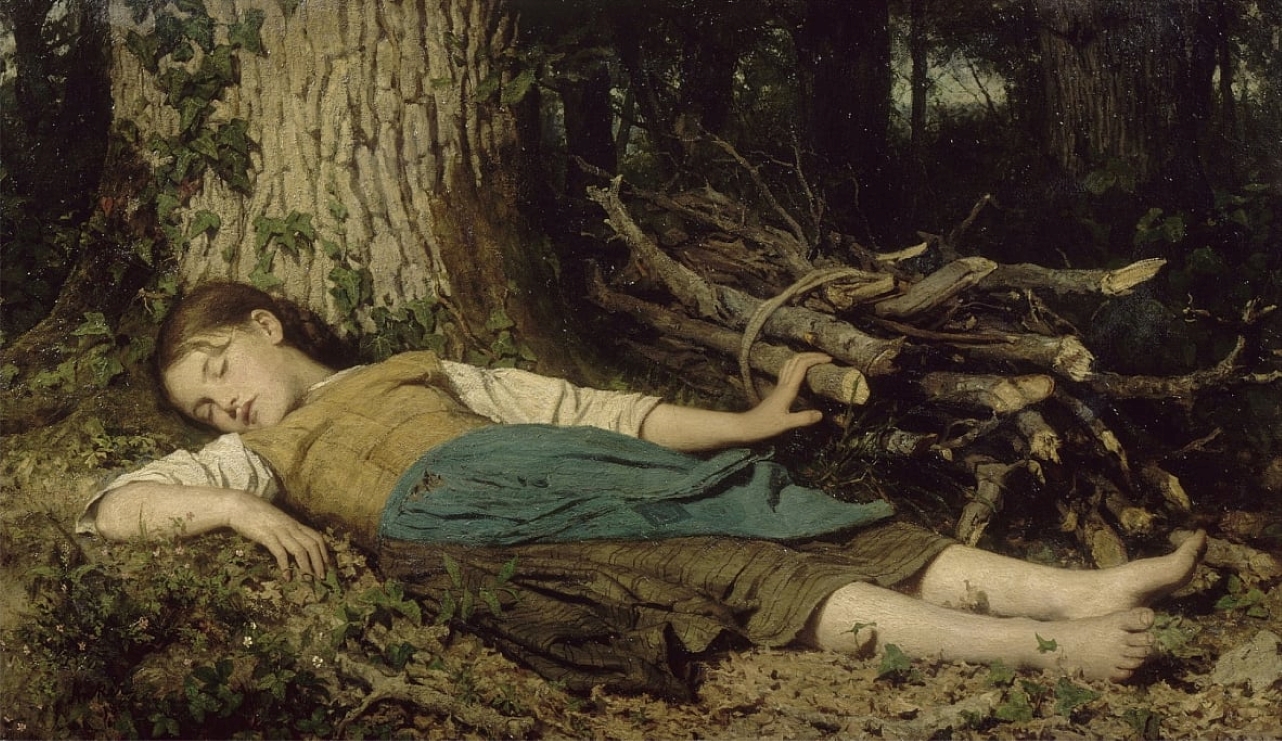
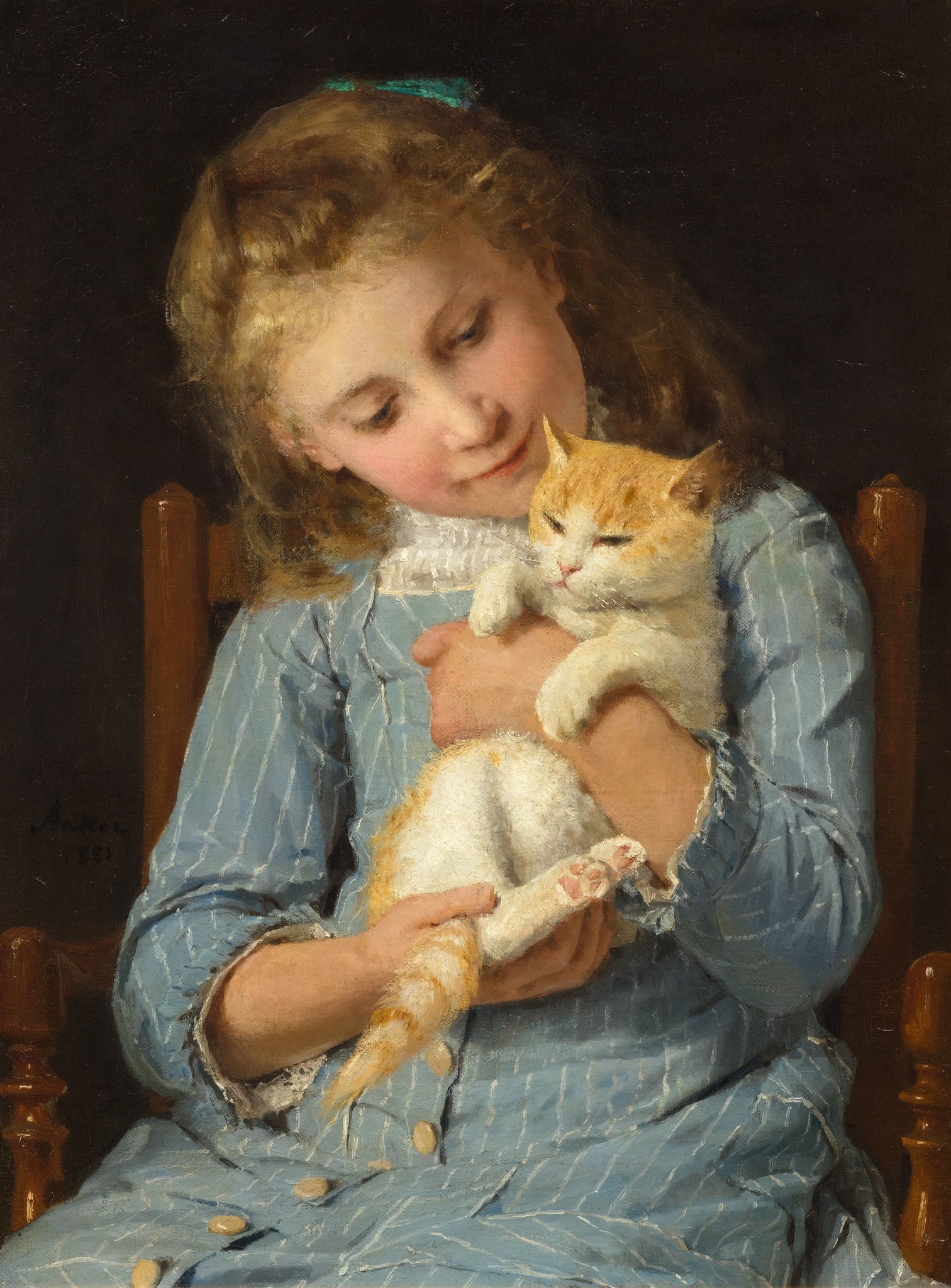
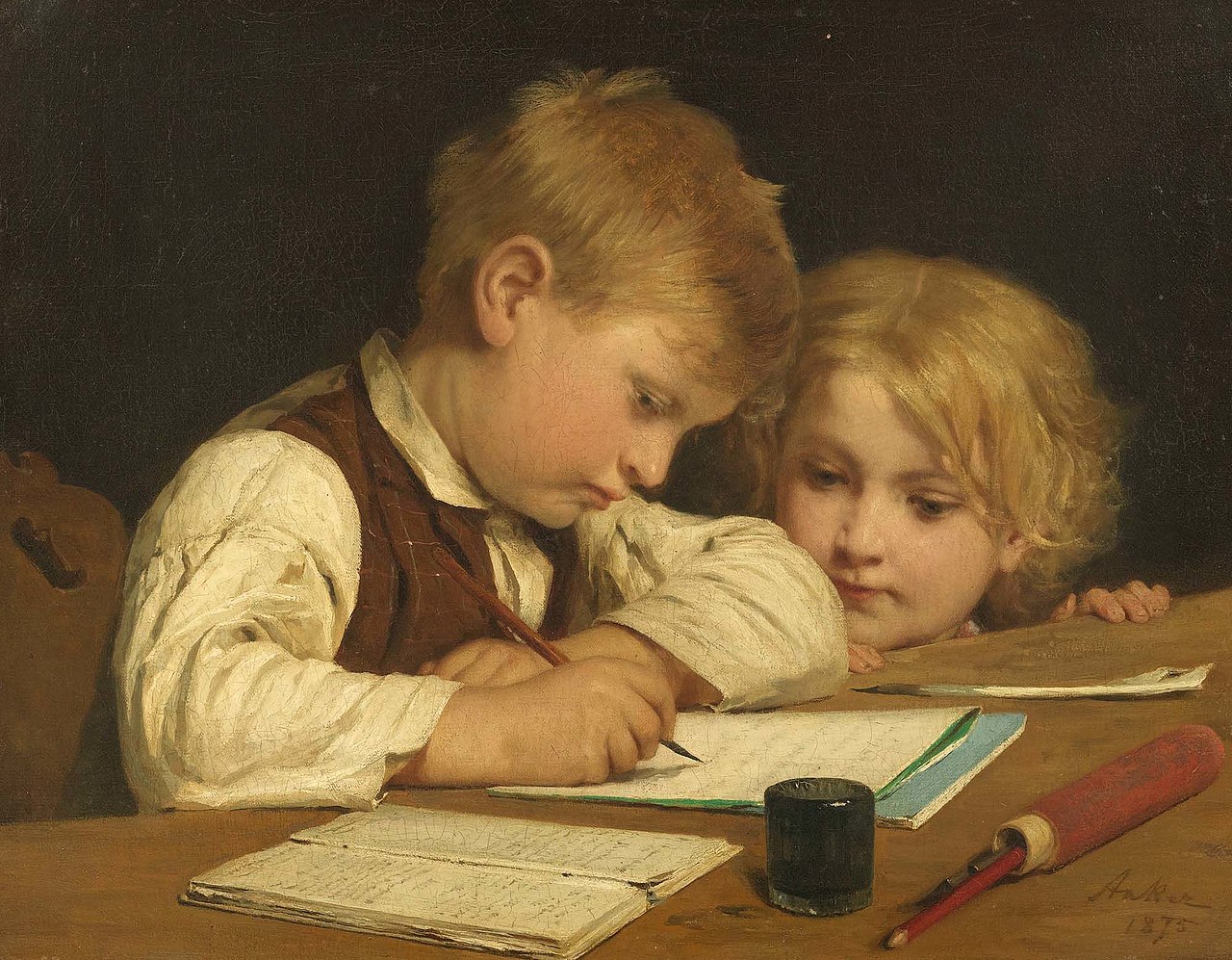
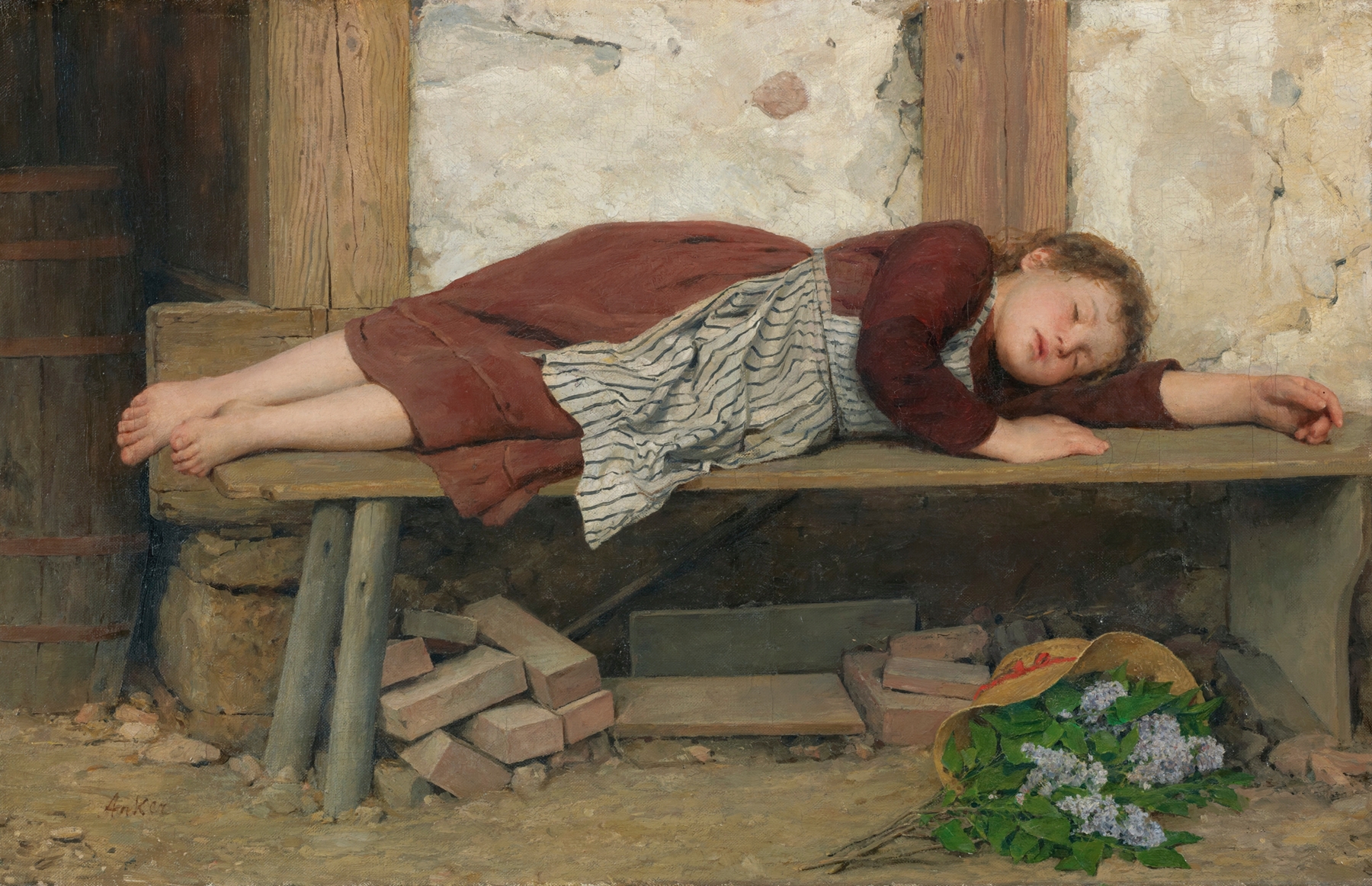
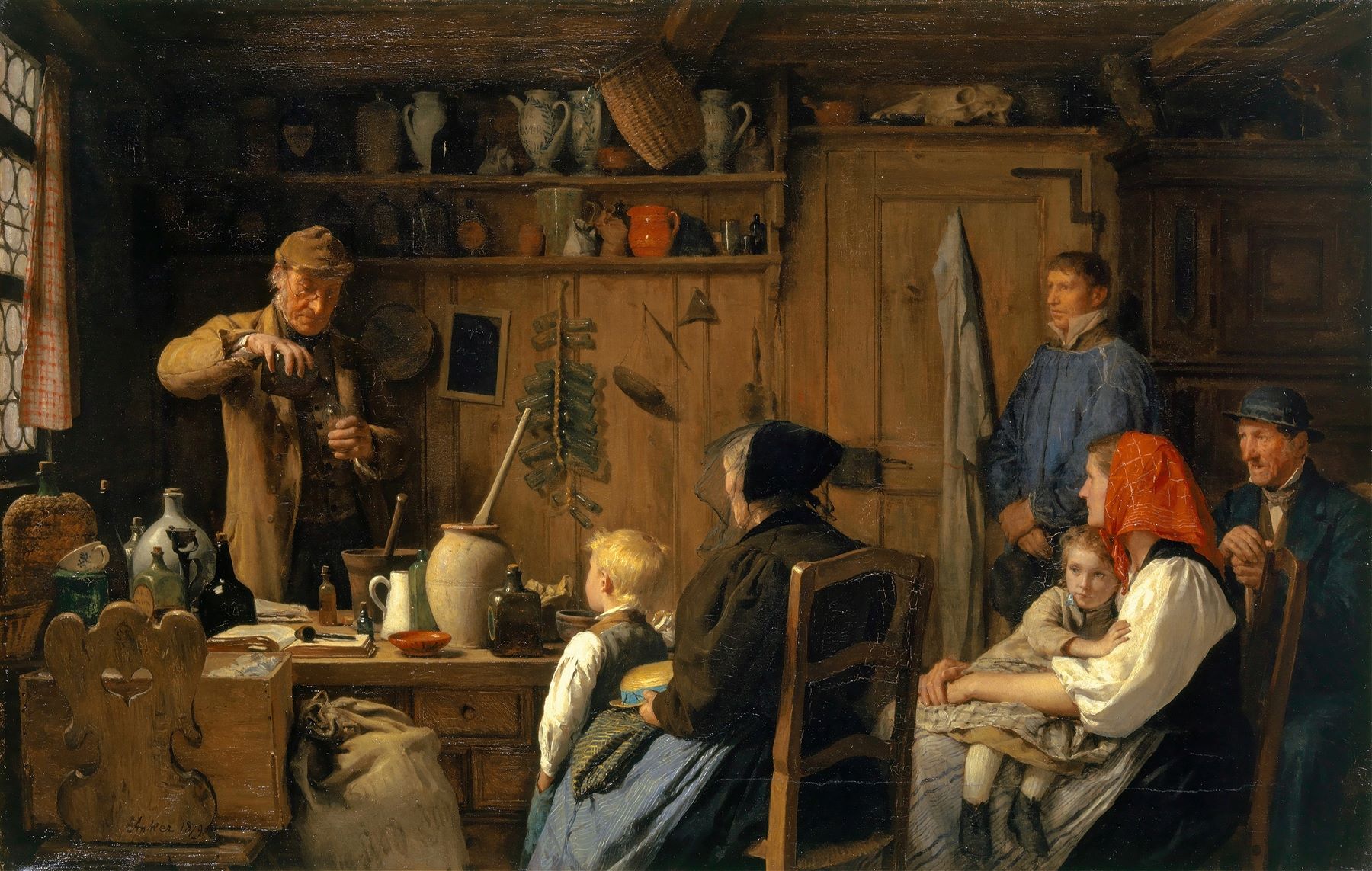
|
